Table Of Content
- Benefits of Using Backpacking Shelters
- Protection from the Elements
- Comfort and Rest
- Portability and Convenience
- Types of Lightweight Shelters for Backpacking
- Benefits of Using Lightweight Shelters
- Comparing Tent and Tarp Options
- Factors to Consider When Choosing a Portable Shelter
- Setting Up Your Lightweight Shelter in the Outdoors
- Tips for Maintaining Your Hiker Shelter
- What to Think About When Choosing a Portable Shelter
- Budget
- Weight
- Season and Weather
- Capacity
- Setting Up Your Lightweight Shelter in the Outdoors
- Choose the Right Location for Your Shelter
- Assemble Your Shelter with Care
- Fine-Tune Your Shelter for Comfort
- Comparing Tent and Tarp Options for Hikers
- Tents
- Tarps
- Tips for Maintaining Your Hiker Shelter
- Regular Cleaning and Inspection
- Proper Storage
- Repair Kit Essentials
- Follow Manufacturer Guidelines
- Frequently Asked Questions (FAQs)
- What are backpacking shelters?
- What are some popular lightweight shelters for backpacking?
- How do I choose the proper portable shelter for backpacking?
- Are hiker shelters easy to set up?
- Can I use a tarp as a lightweight shelter?
- What are the advantages of using a hammock as a hiker shelter?
Welcome, adventurers and outdoor enthusiasts! As an expert in all outdoor shelter options, I am thrilled to present the ultimate guide to backpacking shelters. For hikers who value lightweight and portable shelters, finding the perfect balance of protection and convenience is essential for a successful camping trip.
When embarking on a backpacking journey, the type of shelter you choose can significantly impact your overall experience. Lightweight shelters are designed to keep you safe and comfortable while minimizing the burden on your back during long hikes. These portable shelters are a game-changer for hikers looking to maximize mobility without compromising shelter quality.
From traditional tents to innovative hammocks and tarps, the market has various hiker shelters to suit every preference and need. Whether you prefer the security of a fully enclosed tent or the minimalist appeal of a tarp shelter, there is a lightweight option out there to enhance your backpacking experience.
This comprehensive guide will explore the diverse world of backpacking shelters, providing valuable insights and recommendations to help you choose the perfect shelter for your next outdoor adventure. Get ready to elevate your camping game with these top-tier hiker shelters designed for the modern-day explorer.
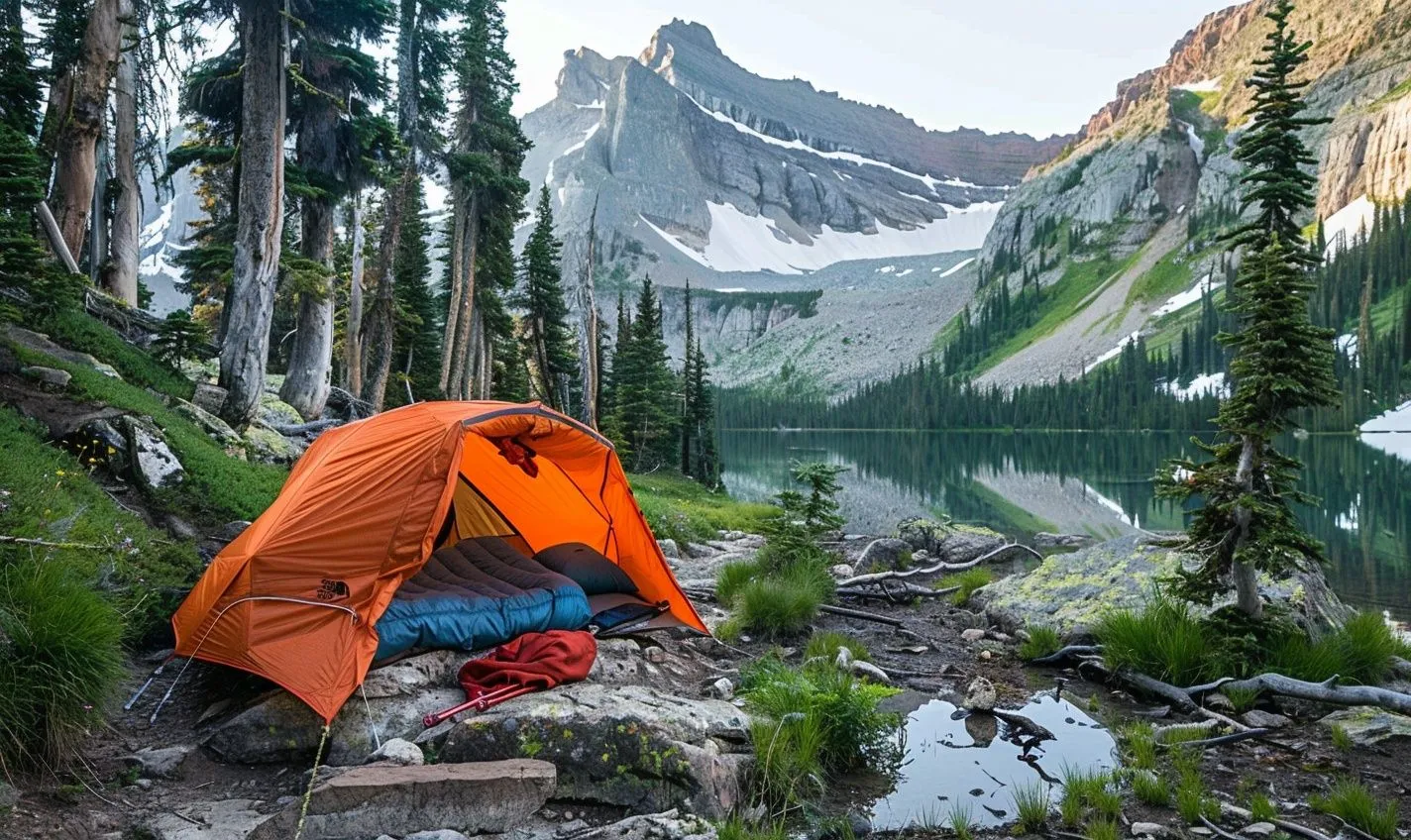
Benefits of Using Backpacking Shelters
Having the right equipment is crucial when embarking on a hiking adventure. A reliable shelter is one of the most essential gear for any backpacker. Explore the numerous advantages of backpacking shelters on your next outdoor excursion.
Protection from the Elements
Imagine being out in the wilderness when the weather suddenly turns sour. A sturdy backpacking shelter can shield you from rain, wind, and harsh sunlight, providing a haven in unpredictable conditions.
Comfort and Rest
After a long day of hiking, having a cozy shelter to retreat to can make all the difference. Lightweight shelters are designed to offer a comfortable resting place, allowing you to recharge and rejuvenate for the next day’s adventures.
Portability and Convenience
Unlike traditional tents, portable shelters are compact and easy to carry, making them ideal for backpacking journeys where every ounce matters. Their lightweight construction ensures you can set up camp quickly and efficiently.
The versatile design of hiker shelters allows them to be pitched in various terrains, from rocky mountainsides to sandy beaches, providing flexibility for different outdoor environments.
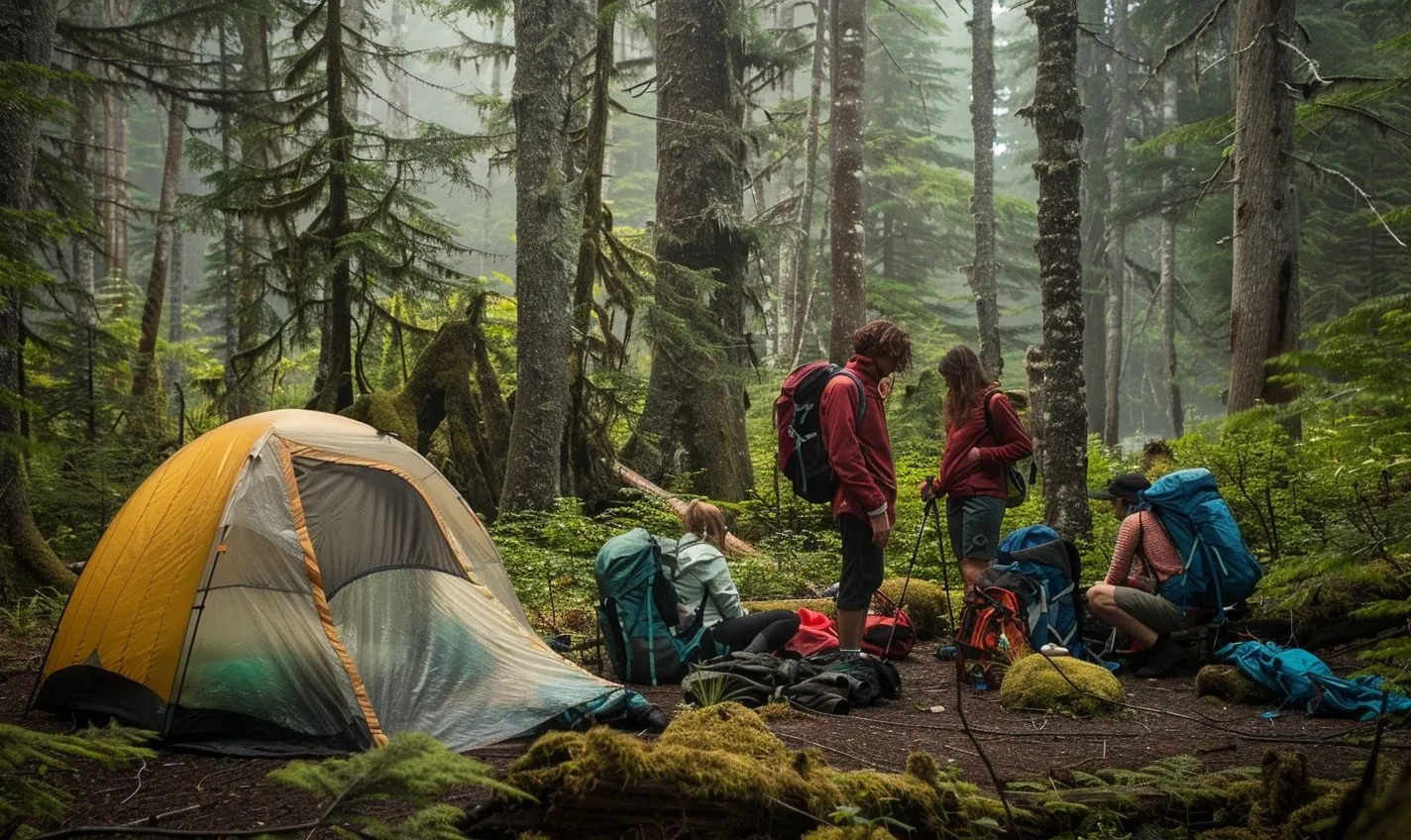
Types of Lightweight Shelters for Backpacking
Proper backpacking shelters can improve your camping experience when exploring the great outdoors. Here, we delve into various options for lightweight and portable hiker shelters.
Benefits of Using Lightweight Shelters:
– Enhances mobility on hiking trails.
– Reduces fatigue from carrying heavy gear.
– Provides quick and easy setup for breaks or overnight stays.
Comparing Tent and Tarp Options:
– Tents offer more protection from elements.
– Tarps are versatile but may require more skills to set up.
Factors to Consider When Choosing a Portable Shelter:
– Weight: Opt for ultralight materials.
– Durability: Ensure the shelter can withstand varying conditions.
– Size: Balance between space and weight in your backpack.
Setting Up Your Lightweight Shelter in the Outdoors:
1. Find a level spot and clear any debris.
2. Assemble your shelter frame or lay out your tarp.
3. Secure the shelter to the ground using stakes or rocks.
4. Test the setup by gently tugging on the corners.
Tips for Maintaining Your Hiker Shelter:
– Regularly inspect for tears or damage.
– Clean and dry your shelter before storage.
– Practice setting up your shelter at home beforehand.
Like a trusty companion on the trail, your lightweight shelter protects and supports you during outdoor adventures. Choose wisely and care for it diligently; it will be your reliable refuge wherever your backpacking journey takes you.
What to Think About When Choosing a Portable Shelter
When it comes to backpacking shelters, selecting the right one is crucial. Here are some factors to keep in mind:
Budget
Consider your budget when choosing a lightweight shelter. There are portable shelters available at various price points.
Weight
Think about the weight of the hiker shelters. You want something compact and light enough for your backpack.
Season and Weather
Take into account the weather conditions you will be facing. Ensure your shelter can withstand rain, wind, and varying temperatures.
Capacity
Determine how many people will be using the backpacking shelter. Choose a size that comfortably accommodates everyone.
And remember, the best shelter is the one that meets your specific needs. No portable shelter is perfect for everyone, so prioritize what’s important to you.
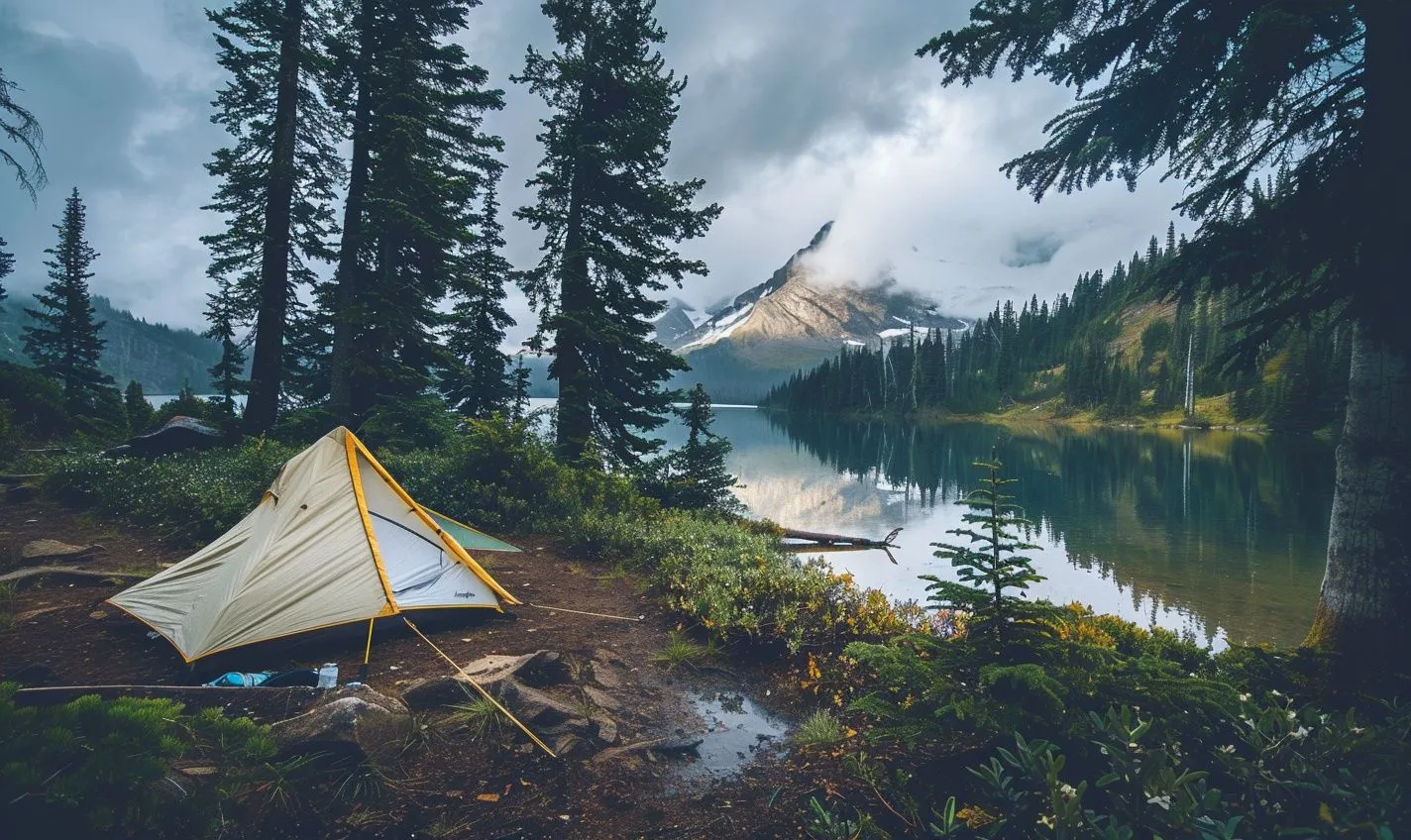
Setting Up Your Lightweight Shelter in the Outdoors
So, you’ve finally found the perfect spot to set up camp, surrounded by nature’s beauty and tranquility. Now comes the exciting part of pitching your backpacking shelter to provide you with a cozy and secure retreat for the night. Let’s dive into setting up hiker shelters in the great outdoors.
Choose the Right Location for Your Shelter
Before you start unpacking your lightweight shelter, take a moment to survey the area. Make sure to consider these factors:
- Flat and level ground for a comfortable sleep
- Avoid setting up near potential hazards like dead trees or rocky ledges
- Keep a safe distance from water bodies to prevent flooding
Assemble Your Shelter with Care
Now, it’s time to unpack your portable shelter and start assembling it. Follow these steps for a successful setup:
- Lay down a groundsheet to protect your shelter’s floor
- Follow the instructions provided with your shelter for proper assembly
- Secure the stakes firmly into the ground to prevent your shelter from shifting
Fine-Tune Your Shelter for Comfort
Once your hiker shelter is standing tall, ensure you optimize its features for maximum comfort:
- Adjust the guy lines to provide stability in windy conditions
- Tighten the rain fly to keep out moisture and prevent condensation
- Add a ground tarp underneath for extra insulation and protection
Remember, setting up your lightweight shelter efficiently ensures a good night’s sleep and allows you to relax and enjoy the natural surroundings without worrying about safety.
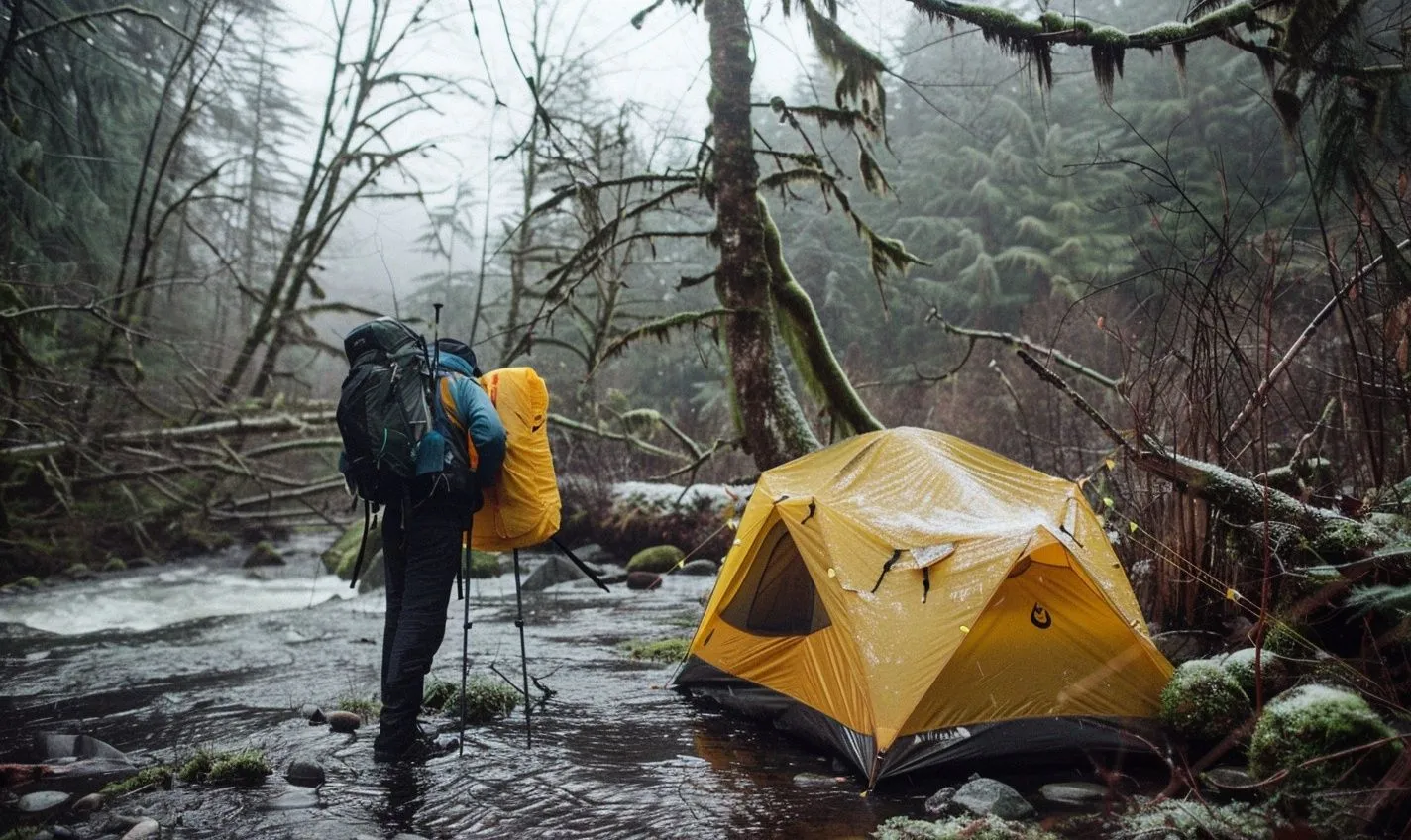
Comparing Tent and Tarp Options for Hikers
When choosing a shelter for your backpacking adventures, the debate between tents and tarps often arises. Each option has its own set of pros and cons, so let’s dive into how they stack up against each other for hikers:
Tents:
- Provide complete protection from the elements
- Offer privacy and better insulation
- More secure against bugs and wildlife
Tarps:
- Lightweight and compact for easy carrying
- Versatile setups for various weather conditions
- Allow for more open-air experience and connection to nature
Choosing between the two depends on your preferences, the specific hiking conditions, and comfort level with minimalist setups.
But are you the type of hiker who values simplicity and flexibility over extra comfort and security? Then, a tarp might be your best bet. It’s like opting for a canvas over a concrete wall – both provide protection, but one lets you feel closer to the outside world.
On the other hand, if you prefer a cozy cocoon that shields you from the wilderness’s unknown, a tent could be the better choice. Picture it as a snug fortress amidst the untamed landscape, offering a sense of retreat and safety.
So, as you weigh your options, consider your camping style and what matters most to you. Are you all about lightweight efficiency and adaptability, or prefer creature comforts and peace of mind?
Ultimately, whether you opt for a tent or a tarp, the most important thing is to have a reliable backpacking shelter that suits your needs and enhances your outdoor experience.
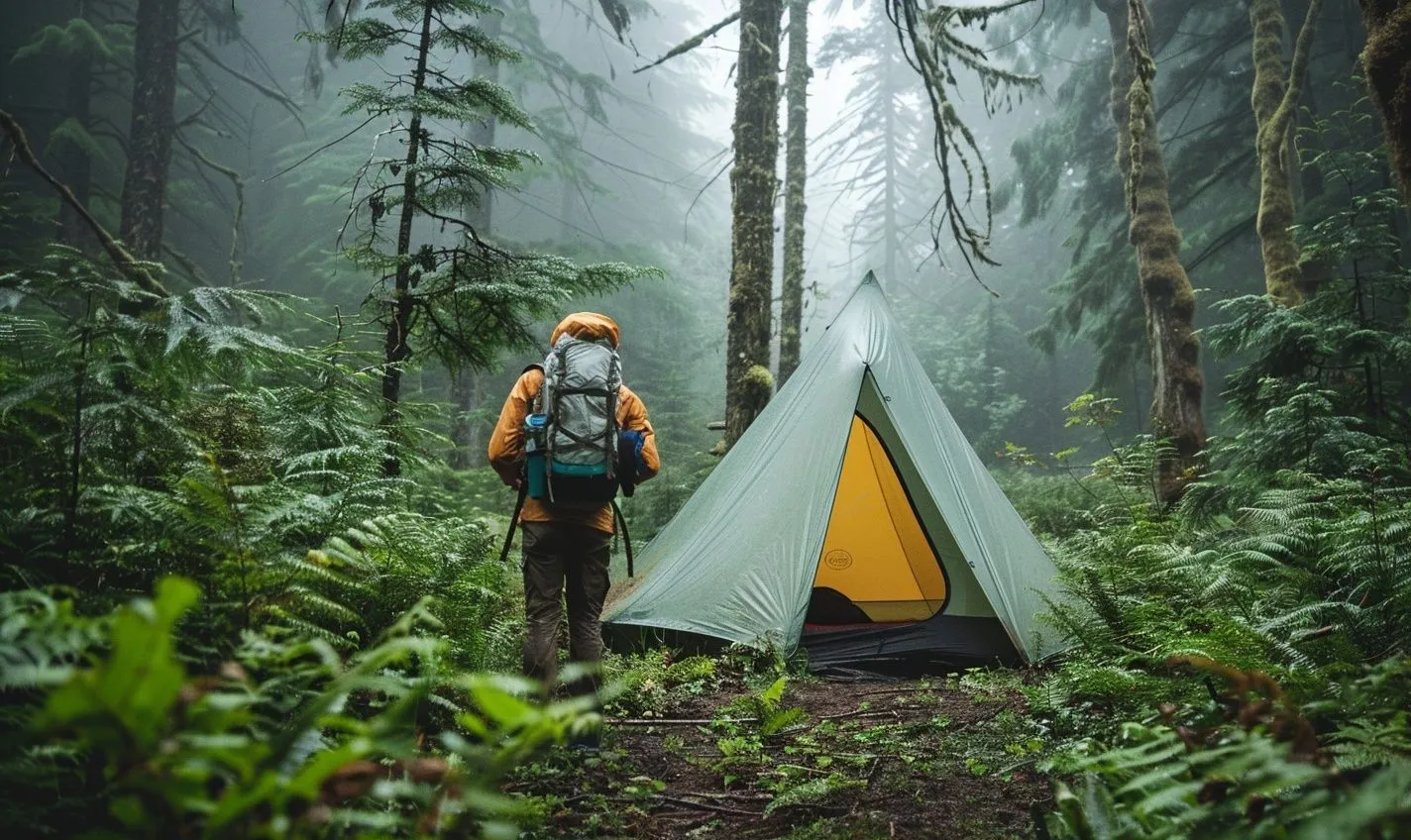
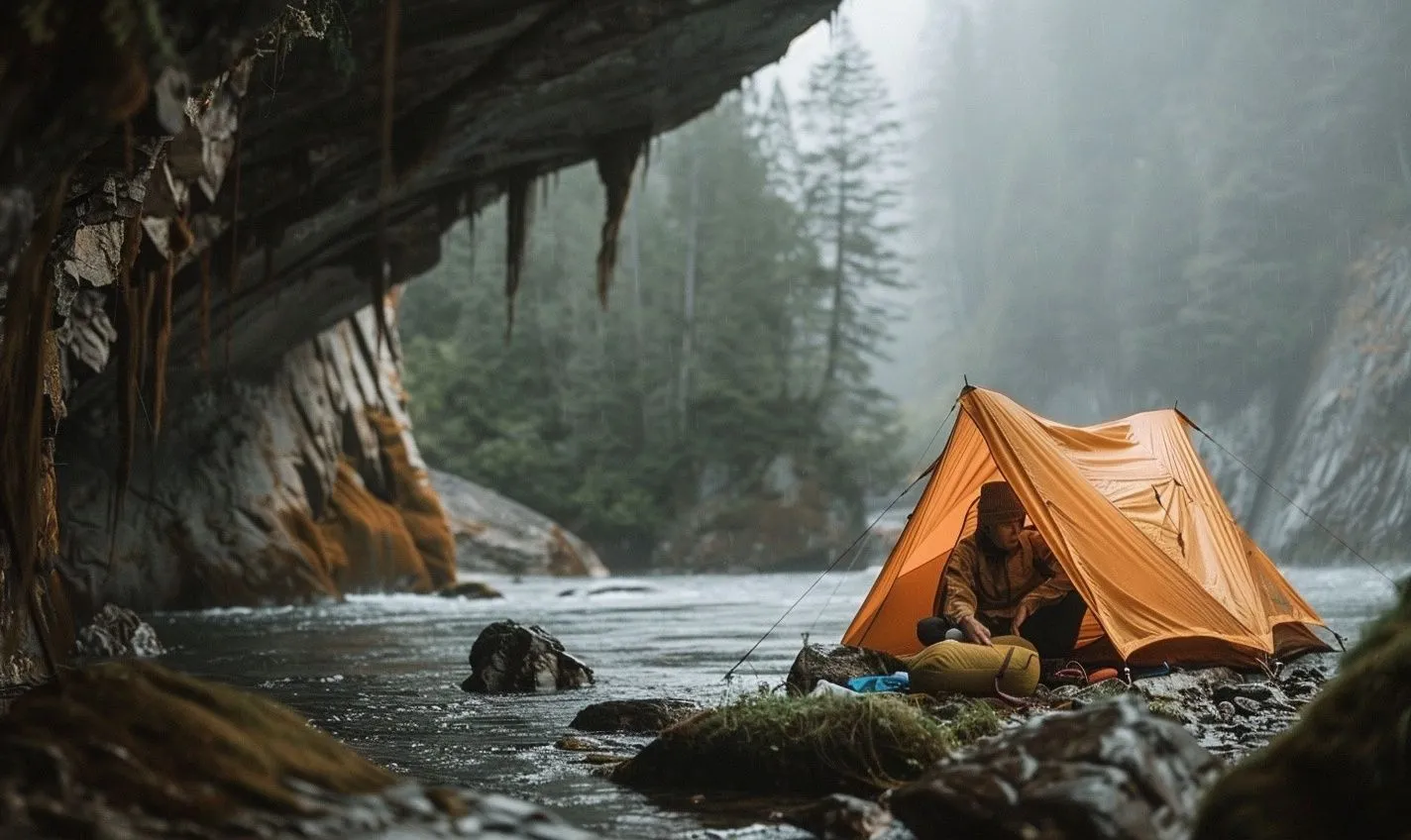
Tips for Maintaining Your Hiker Shelter
So you’ve invested in a reliable portable shelter for your outdoor adventures, and now you want to ensure it lasts and continues to protect you during your backpacking trips. Taking good care of your hiker shelter ensures its longevity and effectiveness. Here are some essential tips to help you maintain your shelter:
Regular Cleaning and Inspection
Just like your hiking boots need care, your lightweight shelter requires attention, too. After each trip, wipe down the fabric and check for tears or damage.
Proper Storage
When not in use, ensure your backpacking shelter is stored in a dry and cool place to prevent mildew or mold growth. Proper storage will also shield your shelter from unnecessary wear and tear.
Repair Kit Essentials
Always carry a repair kit with you when backpacking. This kit should include patches, sealant, and extra stakes to quickly mend any unexpected tears or holes in your portable shelter while in the wilderness.
Follow Manufacturer Guidelines
Each hiker shelter comes with specific care instructions from the manufacturer. Adhering to these guidelines will maintain your warranty and help you understand the best practices for keeping your shelter in top condition.
Remember, your lightweight shelter is your home away from home during outdoor escapades. You can ensure it continues to be a reliable and protective companion on all your backpacking journeys by giving it the care and attention it deserves.
Conclusion
Choosing the proper shelter for your backpacking adventures is crucial for a safe and comfortable experience in the great outdoors. Lightweight, portable shelters are the go-to option for hikers who want to minimize their pack weight without compromising protection.
Whether you opt for a minimalist tarp shelter, a versatile hammock system, or a reliable, lightweight tent, plenty of options suit your preferences and needs. The key is to find a shelter that balances weight, durability, and weather protection.
Remember, the best backpacking shelter is the one that suits your requirements and is easy to set up in various outdoor environments. With the proper shelter, you can enjoy the beauty of nature while staying safe and comfortable throughout your hiking trips.
So, next time you gear up for a backpacking adventure, consider the different lightweight shelter options available and choose the one that fits your hiking style. You can embark on unforgettable outdoor journeys with confidence and peace of mind with the proper hiker shelter.
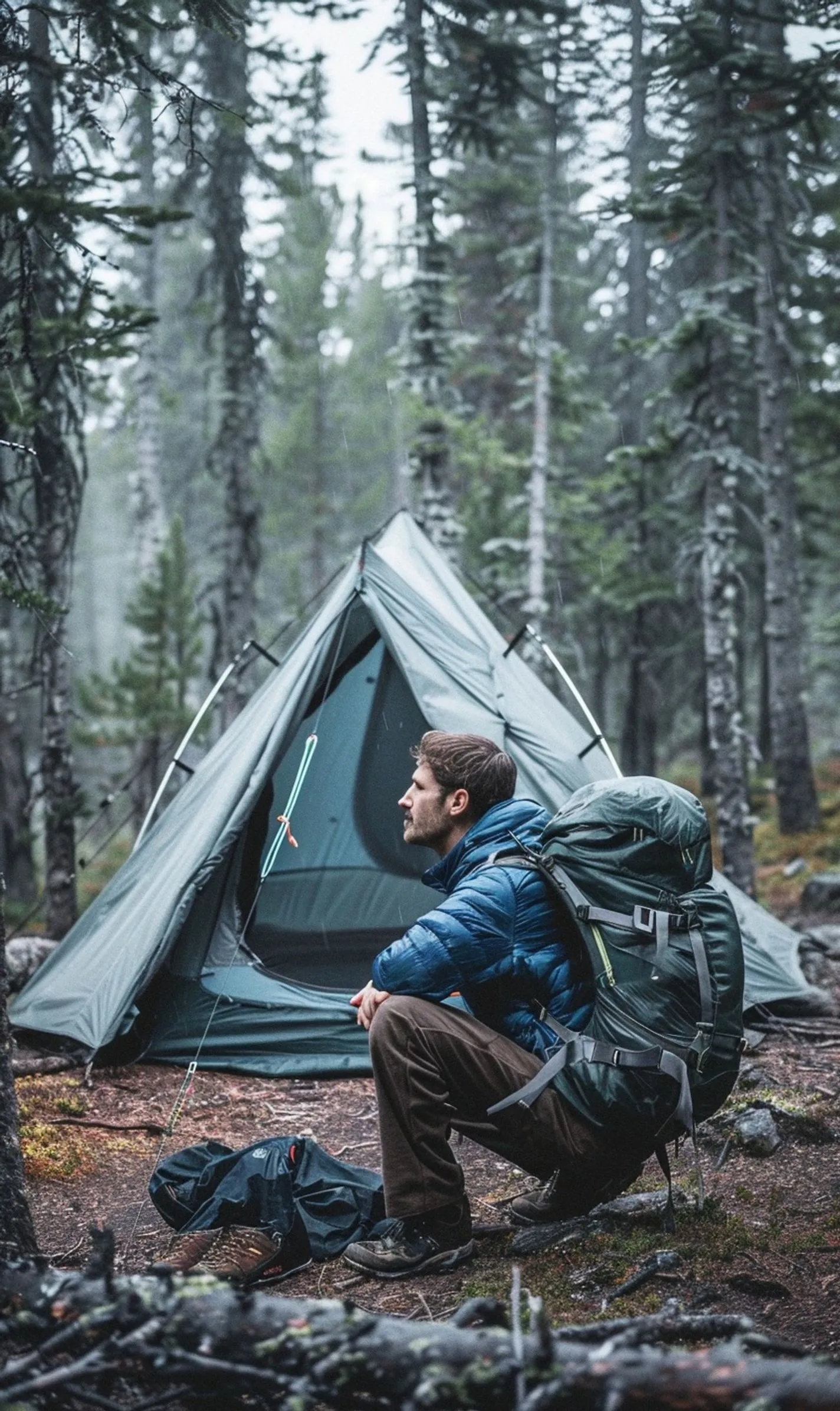
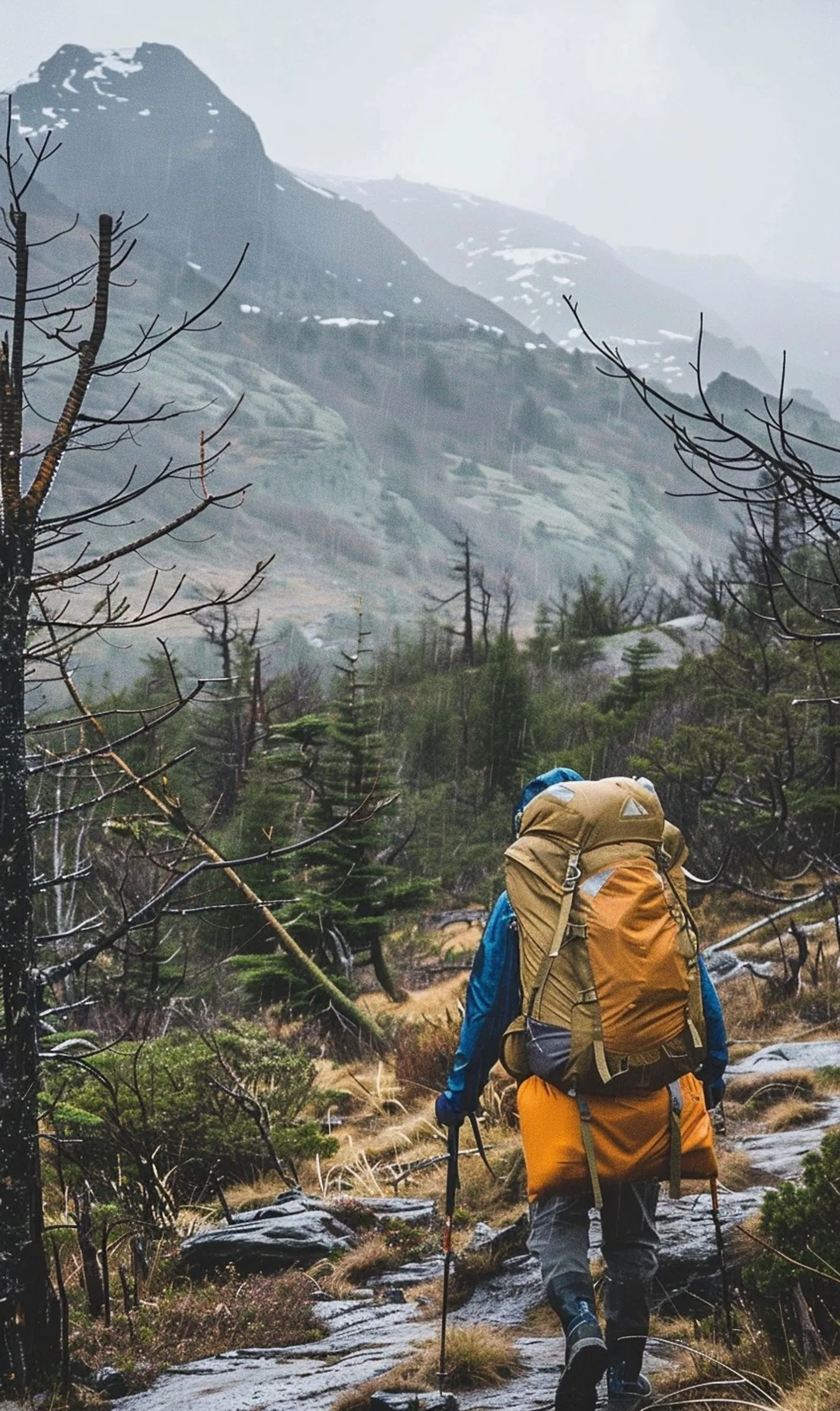
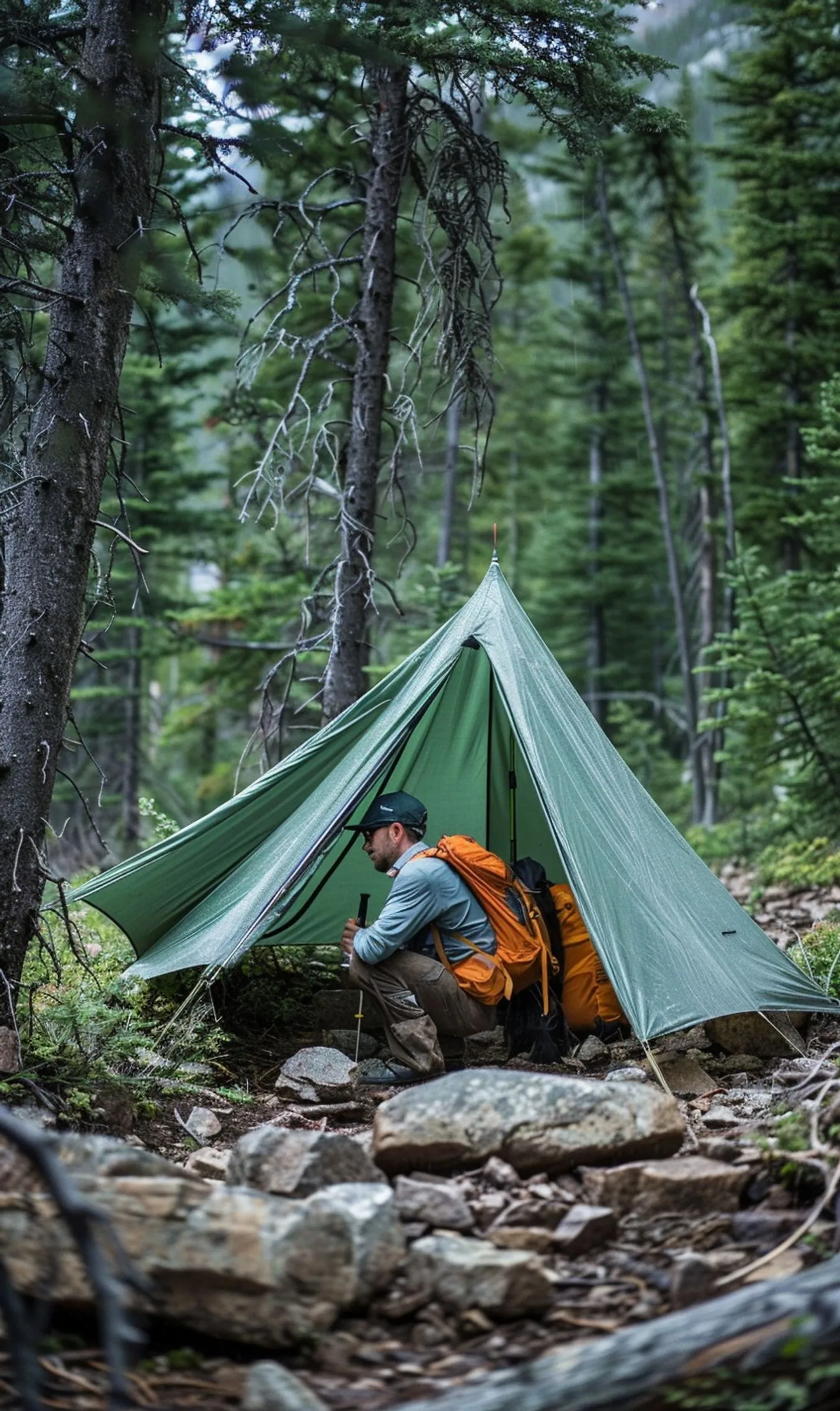
Frequently Asked Questions (FAQs)
What are backpacking shelters?
Backpacking shelters are lightweight, portable shelters designed for hikers to carry in their backpacks for overnight stays in the wilderness.
What are some popular lightweight shelters for backpacking?
Popular lightweight shelters for backpacking include tents, hammocks, bivy sacks, and tarps.
How do I choose the proper portable shelter for backpacking?
When selecting a portable shelter for backpacking, consider weight, weather resistance, setup ease, and capacity.
Are hiker shelters easy to set up?
Most hiker shelters are designed to be lightweight and easy to set up, making them ideal for quick overnight stays in the outdoors.
Can I use a tarp as a lightweight shelter?
Yes, a tarp can be used as a lightweight shelter. It can be set up with trekking poles or tied between trees to protect it from the elements.
What are the advantages of using a hammock as a hiker shelter?
Hammocks are lightweight, easy to set up, and provide excellent off-the-ground sleeping options, keeping hikers safe from ground insects and moisture.










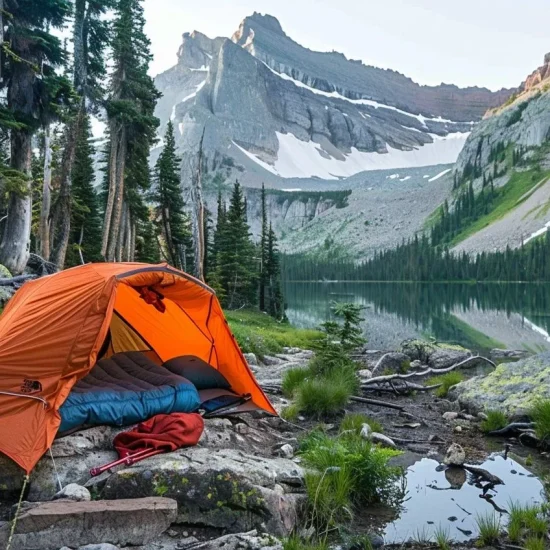
No Comment! Be the first one.